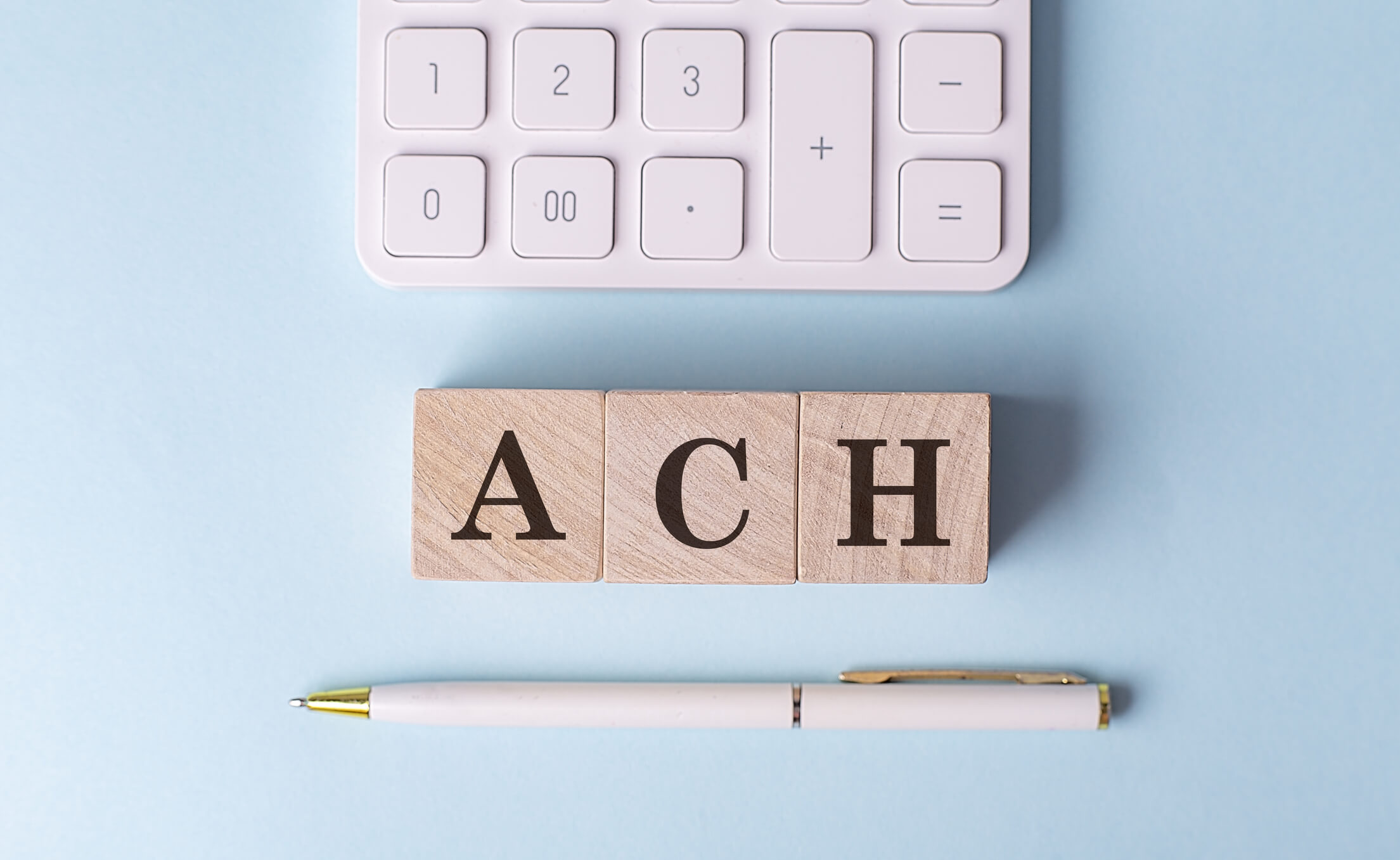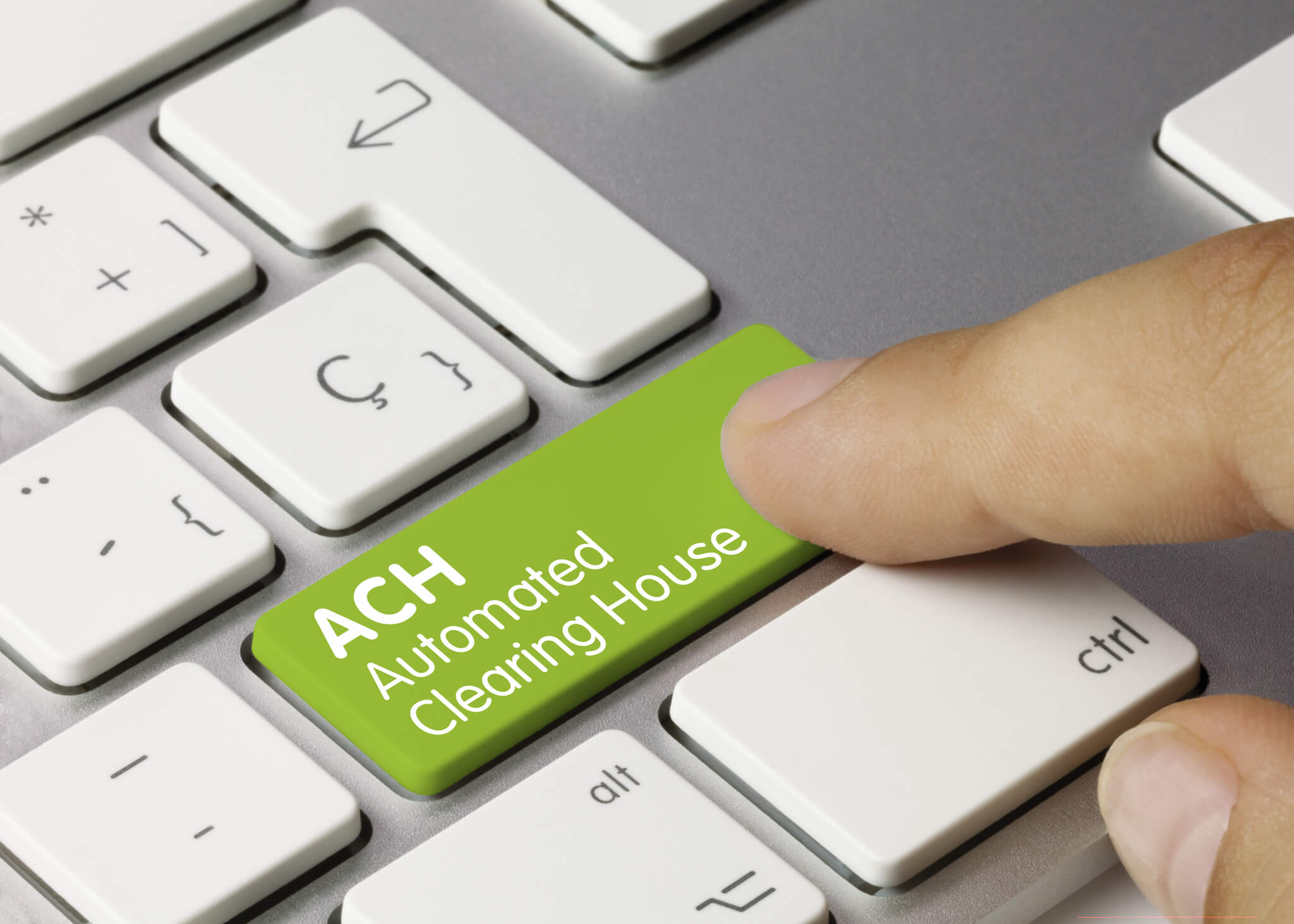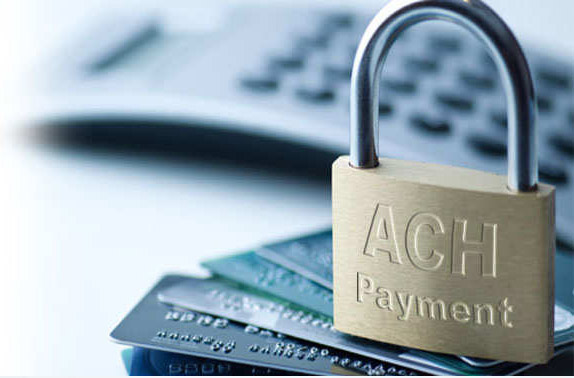In the fitness industry, ACH (Automated Clearing House) payment disputes can be a common occurrence. ACH payments are electronic transfers of funds between bank accounts, and they are widely used for recurring payments in the fitness industry. However, disputes can arise when customers question the validity or accuracy of these...
Future Trends in ACH Payment Processing for Fitness Businesses
In today's digital age, businesses across various industries are increasingly adopting electronic payment methods to streamline their operations and enhance customer convenience. The fitness industry is no exception, with fitness businesses recognizing the benefits of Automated Clearing House (ACH) payment processing. ACH payment processing allows fitness businesses to accept electronic...
How to Reduce ACH Payment Processing Fees in the Fitness Industry
In today's digital age, the fitness industry has embraced technology to streamline various aspects of their business operations, including payment processing. One popular method of payment in the fitness industry is ACH (Automated Clearing House) payments. ACH payments offer numerous benefits for fitness businesses, such as convenience, security, and cost-effectiveness....
ACH vs. Card Transactions: Which is Right for your Fitness Business
In today's digital age, businesses have a plethora of payment options to choose from. Two popular methods are ACH (Automated Clearing House) transactions and card transactions. Both offer convenience and efficiency, but understanding the differences between the two is crucial for fitness businesses to make an informed decision. This article...
How to Set Up ACH Payment Processing for Your Fitness Business
In today's digital age, businesses across various industries are constantly seeking ways to streamline their payment processes and provide convenience to their customers. The fitness industry is no exception, as gym owners and fitness professionals are increasingly turning to ACH payment processing as a reliable and efficient method for collecting...
The Benefits of ACH Payments for Fitness Studios
In today's digital age, businesses across various industries are constantly seeking ways to streamline their payment processes and improve customer satisfaction. Fitness studios, in particular, can greatly benefit from adopting Automated Clearing House (ACH) payments as a preferred method of transaction. ACH payments offer numerous advantages, including streamlined membership and...
How To Send An Electronic Check: The Ultimate Guide
In today's digital age, electronic payments have become increasingly popular and convenient. One such method is the electronic check, which allows individuals and businesses to send and receive payments electronically, eliminating the need for paper checks. In this comprehensive guide, we will explore the various aspects of sending an electronic...
How Long Does An eCheck Take to Clear?
In today's digital age, electronic payments have become increasingly popular, offering convenience and efficiency for both businesses and consumers. One such method is the electronic check, or eCheck, which allows individuals and businesses to make payments electronically, eliminating the need for paper checks. However, many people are still unsure about...
Accepting ACH Payments for Gym & Fitness Centers
In today's fast-paced world, convenience and efficiency are key factors that can make or break a business. This is especially true for gyms, where members expect seamless experiences and hassle-free payment options. One way to meet these expectations and stay ahead of the competition is by accepting ACH payments. ACH,...
How to Secure the Most Competitive Payment Processing Rates for Your Gym
Are you a gym owner looking to secure the most competitive payment processing rates and save on transaction fees? Negotiating payment processing rates can have a significant impact on your gym's financial success. In today's competitive fitness industry, it's crucial to optimize your pricing strategies and reduce credit card processing...
What is ACH Payment Processing and How Does it Work?
ACH payment processing is an electronic method of transferring funds from one bank account to another. ACH stands for Automated Clearing House, which is the network that processes these types of transactions. When you make an ACH payment, the money is transferred from your bank account to the recipient's bank...










